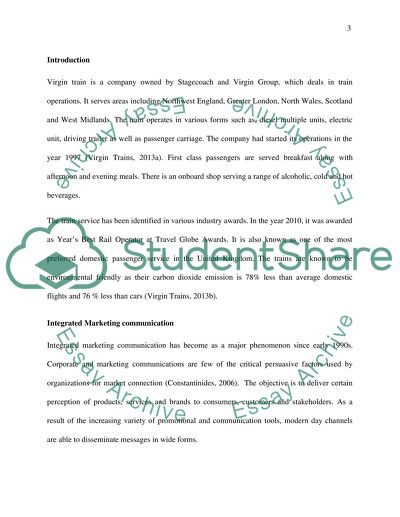Cite this document
(Integrated Marketing Communications Research Paper, n.d.)
Integrated Marketing Communications Research Paper. Retrieved from https://studentshare.org/marketing/1492886-integrated-marketing-communications-assignment
Integrated Marketing Communications Research Paper. Retrieved from https://studentshare.org/marketing/1492886-integrated-marketing-communications-assignment
(Integrated Marketing Communications Research Paper)
Integrated Marketing Communications Research Paper. https://studentshare.org/marketing/1492886-integrated-marketing-communications-assignment.
Integrated Marketing Communications Research Paper. https://studentshare.org/marketing/1492886-integrated-marketing-communications-assignment.
“Integrated Marketing Communications Research Paper”, n.d. https://studentshare.org/marketing/1492886-integrated-marketing-communications-assignment.


